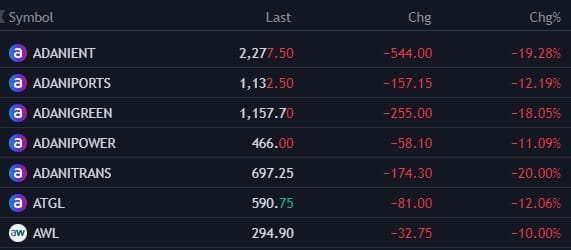Introduction:
Bitcoin’s rise in the cryptocurrency market continues to grab the attention of investors and analysts
alike. As of the latest market developments, Bitcoin is at an inflection point, prompting investors to
rethink their financial strategies. In light of recent financial performance and growing market
acceptance, Bitcoin is increasingly being viewed not just as a speculative asset, but also as a potential
store of value. This blog post delves into Bitcoin’s financial performance, its growing correlation with
traditional stock markets, and the opportunities it presents for investors today.
Financial Performance:
Bitcoin’s financial performance remains strong, despite its volatility. Over recent quarters, Bitcoin has
demonstrated impressive growth in market value, which reflects an increasing demand for this digital
asset. As more investors enter the crypto space, Bitcoin’s market acceptance continues to grow, and
long-term holders are witnessing substantial returns.
In terms of net growth, Bitcoin’s price surged notably in 2021, quadrupling in value before stabilizing.
This robust growth reflects the broader trend of increasing institutional interest in Bitcoin-linked
products, such as exchange-traded funds (ETFs), and a rising volume of Bitcoin trades. However, unlike
traditional equities, Bitcoin does not offer dividends or other claims to assets, which makes its financial
metrics difficult to compare directly to stocks. Despite this, its performance remains a key factor in the
broader cryptocurrency market’s growth.
News in Brief:
Bitcoin’s Big Bang Moment Is Impossible to Ignore
Katie Martin’s recent article on Bitcoin emphasizes the evolving role of Bitcoin in the financial landscape.
While it may not yet function as a practical daily currency for transactions like buying coffee or paying
taxes, Bitcoin’s role as a store of value and investment asset is expanding rapidly. This shift in perception
is being driven by increased market acceptance, both from retail and institutional investors, signaling
that Bitcoin could be on the cusp of its “big bang” moment in the financial world.
Relation Between Bitcoin and the Share Market:
The correlation between Bitcoin and traditional stock markets has been a topic of increasing interest
among investors. While Bitcoin was initially viewed as a completely independent asset class, recent
trends suggest a growing connection between cryptocurrency and equities, particularly during times of
market volatility. Both Bitcoin and the stock market tend to react similarly to macroeconomic factors
such as investor sentiment, economic conditions, and geopolitical events. For example, during times of
economic uncertainty or market downturns, Bitcoin has demonstrated significant price movements,
much like traditional equities.
However, this relationship is not one of direct causality. The correlation is driven largely by market
participants perceiving Bitcoin as a speculative asset, similar to stocks. As institutional investors
increasingly enter the crypto market, the lines between the traditional stock market and the
cryptocurrency market are becoming blurred. Although Bitcoin’s volatility remains higher than that of
most stocks, its growing market participation has made it more closely tied to broader financial trends.
Conclusion:
Bitcoin’s journey continues to captivate both individual and institutional investors. While its price
volatility remains a concern, the digital asset is proving to be a powerful force in the financial world. As
Bitcoin reaches its “big bang” moment, it presents a unique opportunity for those looking to diversify
their portfolios and take advantage of the crypto market’s potential. However, investors should proceed
with caution, given Bitcoin’s speculative nature and the regulatory uncertainty that may arise in the
coming years. Additionally, its increasing correlation with traditional stock markets highlights the need
for investors to stay informed about both sectors to make well-rounded investment decisions.



